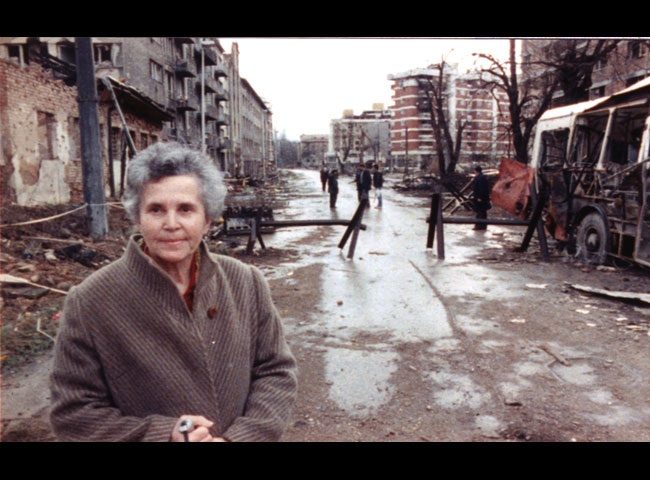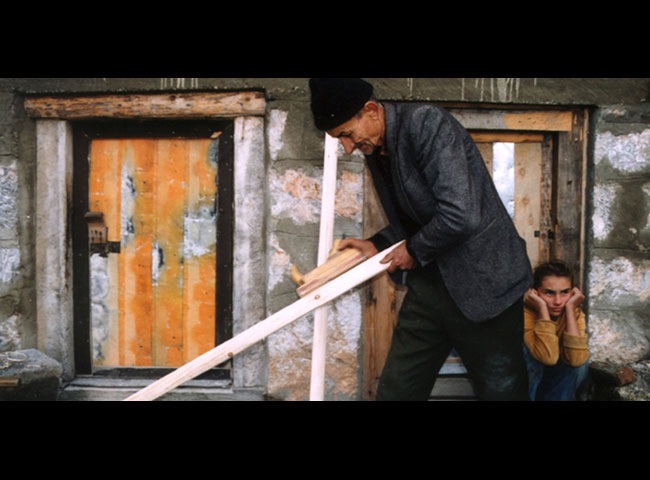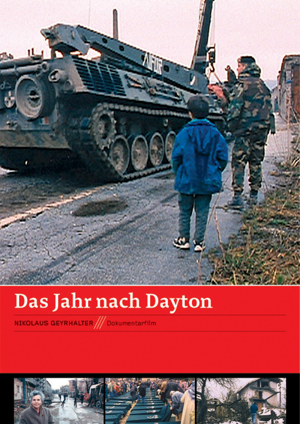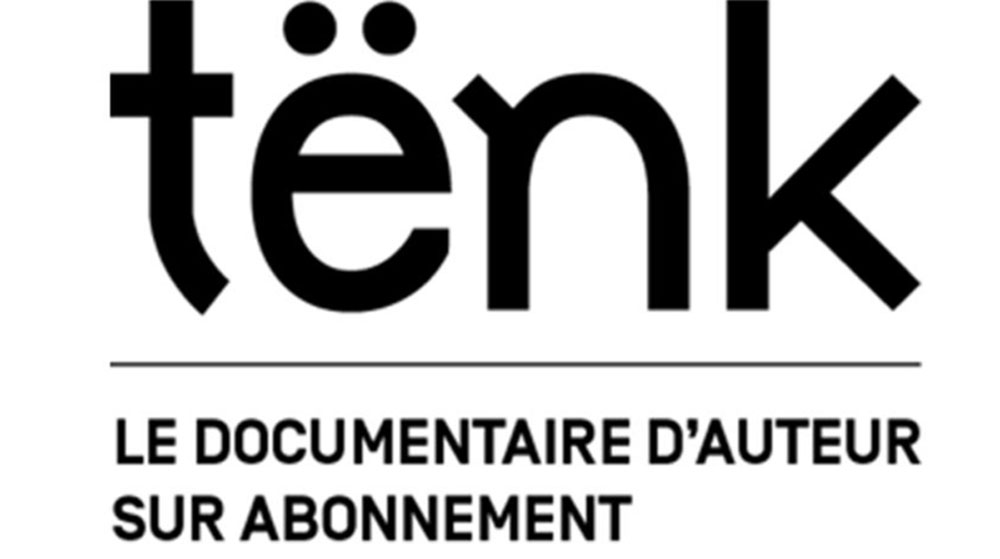L'Année après Dayton
-
Réalisé par Nikolaus Geyrhalter • Écrit par Wolfgang Widerhofer, Nikolaus Geyrhalter
-
Autriche • 1997 • 204 minutes & 100 minutes • 35 mm • Couleur
- Réalisation :
Nikolaus Geyrhalter - Écriture :
Nikolaus Geyrhalter, Wolfgang Widerhofer - Image :
Nikolaus Geyrhalter - Son :
Hrvoje Durasek - Montage :
Wolfgang Widerhofer
- Production (personne) :
Nikolaus Geyrhalter - Production (structure) :
Nikolaus Geyrhalter Filmproduktion GmbH - NGF - Participation :
Austrian Film Institute - Österreichischen Filminstitutes (ÖFI), ORF - Österreichischer Rundfunk - Ayant droit :
Nikolaus Geyrhalter Filmproduktion GmbH - NGF - Accès au fichier des sous-titres français :
Bpi - Bibliothèque Publique d'Information
- N° ISAN :
non renseigné
Résumé
Après la guerre en Bosnie-Herzégovine, Nikolaus Geyrhalter interroge Serbes, Bosniaques et Croates sur les suites du conflit. La guerre a ravagé leur vie et leur pays, et en cette premiere année d'une paix aux enjeux complexes, Rajko, Nermin, Halid, doivent apprendre à se reconstruire.
"L’année suivant la guerre en Bosnie-Herzégovine, Nikolaus Geyrhalter interroge Serbes, Bosniaques et Croates sur les suites du conflit, les suivant s’il le faut au gré de leurs relogements successifs. L’utilisation de la profondeur de champ, inscrivant les protagonistes au premier plan d’un paysage qui se déploie autour d’eux résume à elle seule l’approche du cinéaste : prenant le contrepied d’une image télévisuelle unidimensionnelle, pour laquelle la guerre est avant tout une actualité, il montre à la fois le plus particulier – le bouleversement de vies humaines – et le plus général – ce qu’il se passe une fois le conflit officiellement terminé. Comme le dit l’un d’eux : "Il est facile d’allumer un feu. C’est l’éteindre qui prend du temps."
(Olivia Cooper-Hadjian - Cinéma du réel)
A portrait of the first year of peace in Bosnia. This is a human story played out before a background of a war which still makes itself felt, a story of a possible life together, which has on the other hand become impossible in many cases. Rajko, the Serbian mechanic and his family must leave their home for the second time. Nermin, the actor, lost both legs in the war and might have the chance to learn a new role. Halid, a shepherd from the Muslim-controlled region, risks his life to visit friends on the western (Croatian) side of Mostar.
"The year after the end of the war, in Bosnia and Herzegovina, Nikolaus Geyrhalter questions Serbs, Bosnians and Croats on the consequences of the conflict, following them if necessary as they move from lodging to lodging. The use of depth of field, which sets the protagonists in the foreground of a landscape unfolding around them, in itself sums up the filmmaker’s approach: taking the opposite stance to the one-dimensional televised image, for which war is above all a news item, he shows both the more particular – the upheaval of human lives – and the more general – what happens once the conflict has officially ended. As one of them says: “It’s easy to light a fire. It’s putting it out that takes time"."
(Olivia Cooper-Hadjian - Cinéma du réel)
Mot(s)-clé(s) thématique(s)
À propos du film
Sélections et distinctions
- 2000 • États généraux du film documentaire • Lussas (France) • Sélection
- 1998 • Cinéma du réel • Paris (France) • Prix Joris Ivens
- 1998 • Festival international du film de Berlin - Berlinale • Berlin (Allemagne) • Berliner Zeitung Readers' Prize
- 1998 • Images en bibliothèques • Paris (France) • Film soutenu par la Commission nationale de sélection des médiathèques
- 1998 • Visions du Réel • Nyon (Suisse) • Sélection
- 1998 • Göteborg Film Festival • Göteborg (Suède) • Sélection
- 1997 • Viennale - Vienna International Film Festival • Vienne (Autriche) • Film Prize





